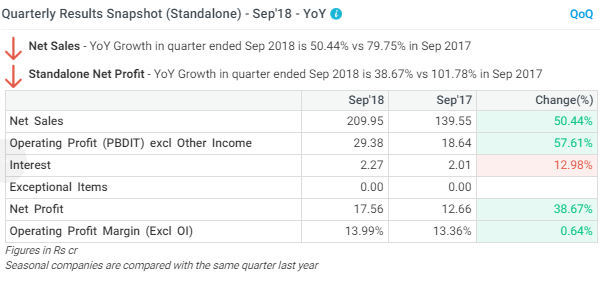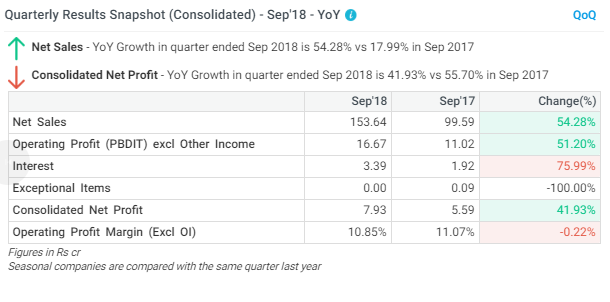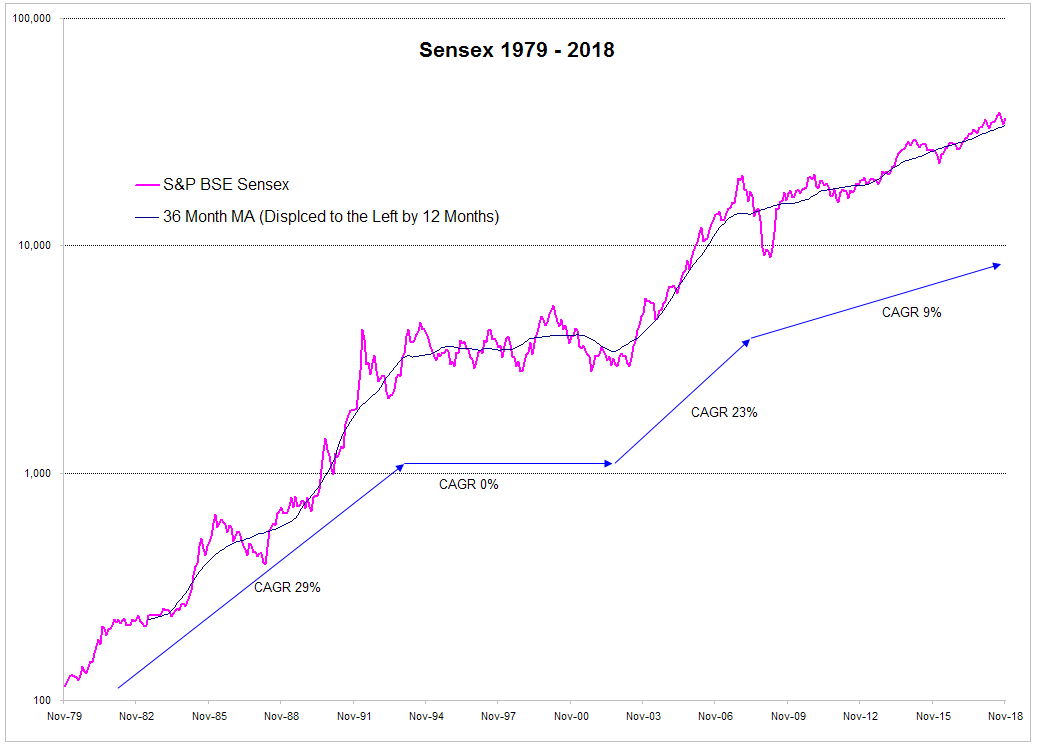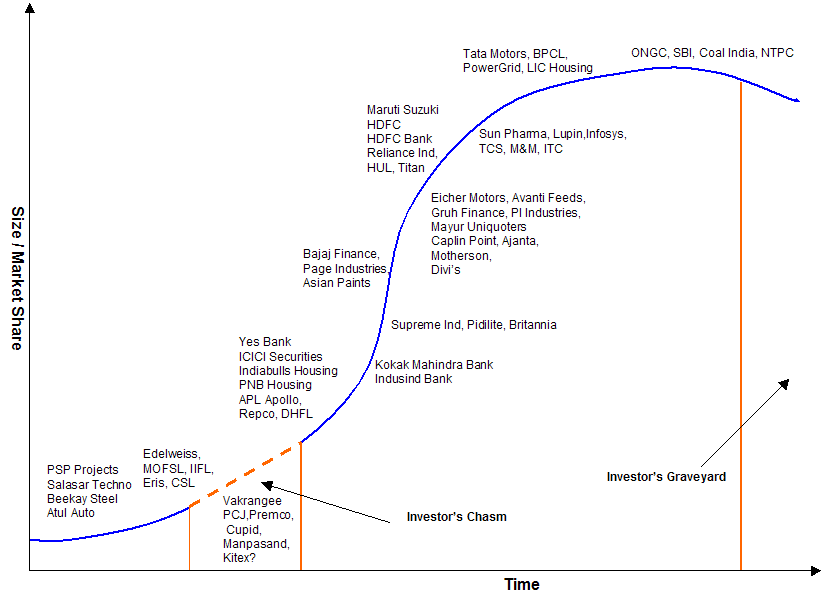AS you rightly said, investing in small and mid caps requires different set of skills than investing in large caps. The reason large caps are large because they solve a basic need of their customer and do so in an efficient manner. Their business model is proven and cannot be easily replaced. Of course all this is already in the price so as an investor we have to be good at valuation.
IMO, key to investing in small caps is to understand business risk as their business models are not proven. Business model of small caps is not proven even in established industries. e.g. a small bank can compete with a large one only if it has a niche but longevity of that niche is no proven.
Another thing to watch out for is length of runway. Often small caps turn out to be a one-trick-pony. i.e. they find a working solution that is also profitable and they make huge money but sooner or later they run out of opportunities and are not able to replicate that success in other markets, products etc.
Yet another point is management depth. Often smallcaps can be a one-person show. Sooner or later this person retires, looses touch with the market or simply becomes ineffective causing the the company to lose its momentum. Large caps generally have a second tier.
Smallcaps can be volatile because it is easy for investors to get optimistic about the opportunity because of the small size of the company relative to size of the opportunity and higher profitability. If you take high profitability and extend it for a long term, you can easily get high valuation. However, investors lose their optimism just as quickly as they built it because smallcaps can lose their earnings momentum quickly. That’s exactly what produces wild swings in their prices.
All large caps start out as small caps. Investing in a small cap and watching it grow into a large cap is the holy grail of investing. Reality is, majority of small caps die as small caps and only a handful cross the chasm to become large caps. I use a chart below to map out at what stage of the growth a company is so that I get a sense of the risks it faces and risks that we as investors face investing in them.
Growth Curve
Thanks to @deepinsight for providing basic framework for this chart. (Please note that I can be wrong in placing companies on this chart. If your beloved company is wrongly placed, excuse me for being ignorant, I mean no offence).
As this chart shows, all companies start out as small caps when they excel in an area often by being at the right time at the right place with right products or services led by a hardworking and passionate promoter with right ethics and skills. As they grow, they realize they they are saturating the market, unable to keep up with the changing market environments, promoter gets old and unable to create a succession, competition catches up, other mid or even large caps enter their markets etc. Most of these companies face a chasm that they have to cross by overcoming these challenges. Most small caps never make it to the other side of the chasm.
Those lucky few that successfully cross the chasm become strong businesses with high growth rates. Market by this time has already identified their potential and these businesses sell at a huge premium. These business can grow at high rate anywhere from few years to few decades.
Even fewer becomes large caps with mid to high growth rates which soon turn into cyclicals. In a down cycle, some of these companies go down so much they lose their capacity to fight back. Eventually they run out of fuel and head towards investor’s graveyard.
So there are risks in investing in large caps also but less than those of small caps but you generally get lower return.




